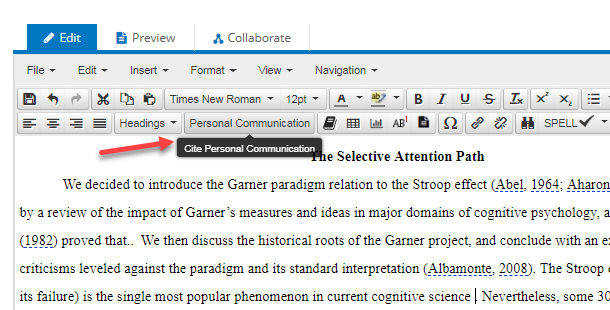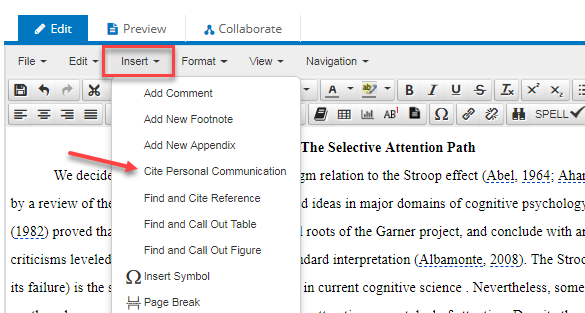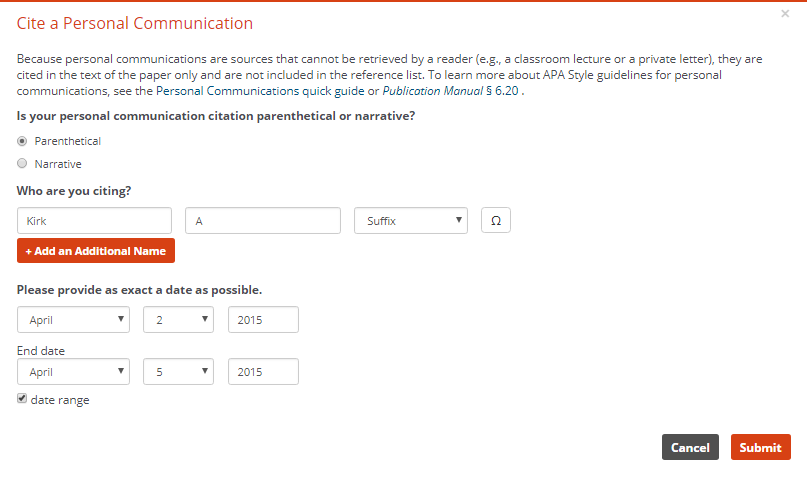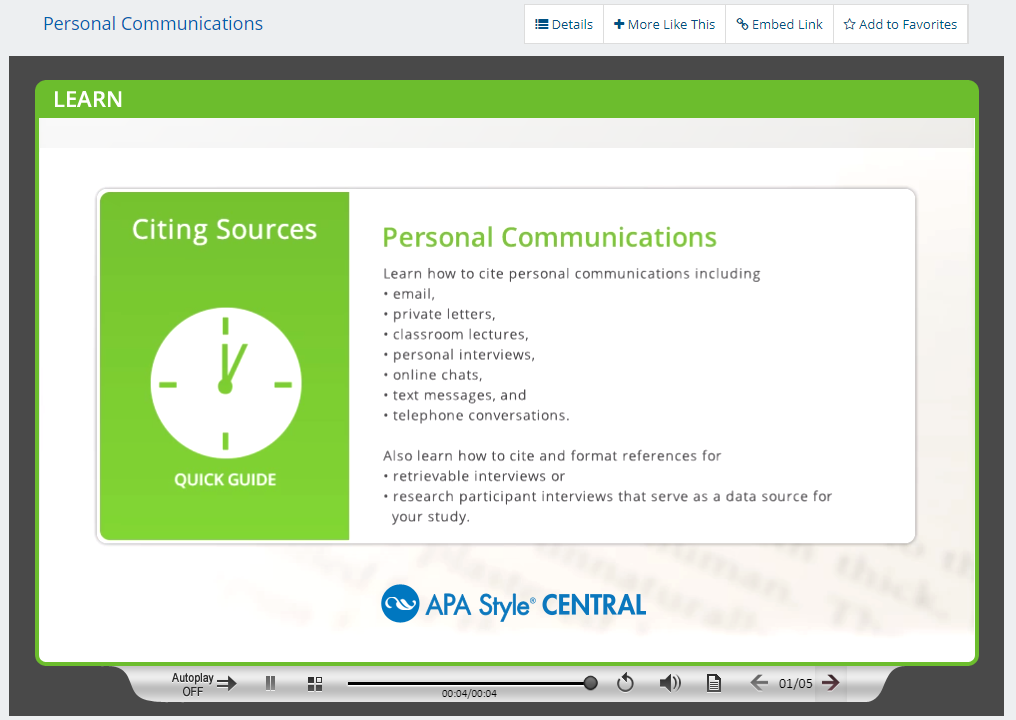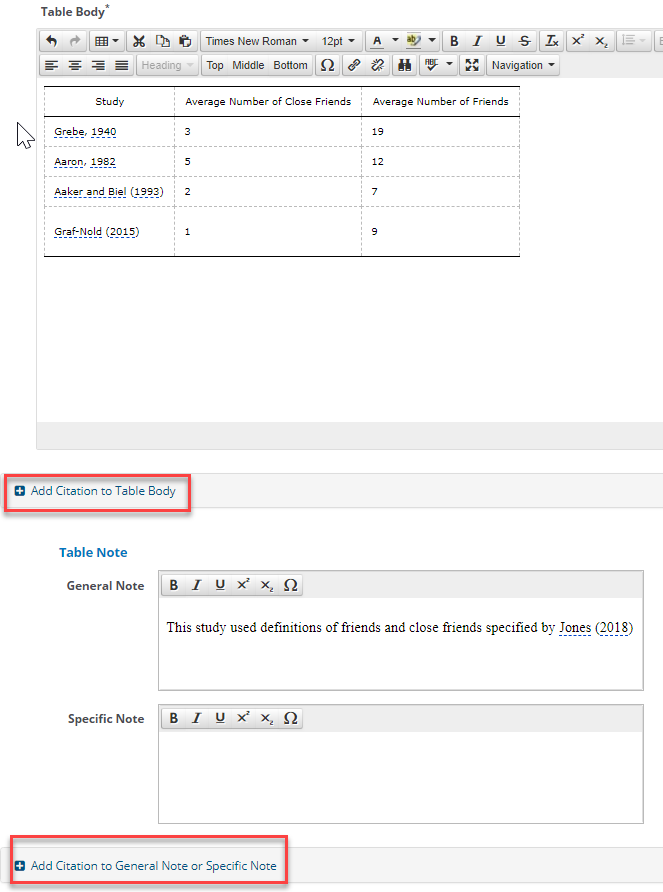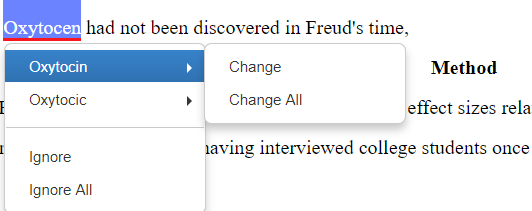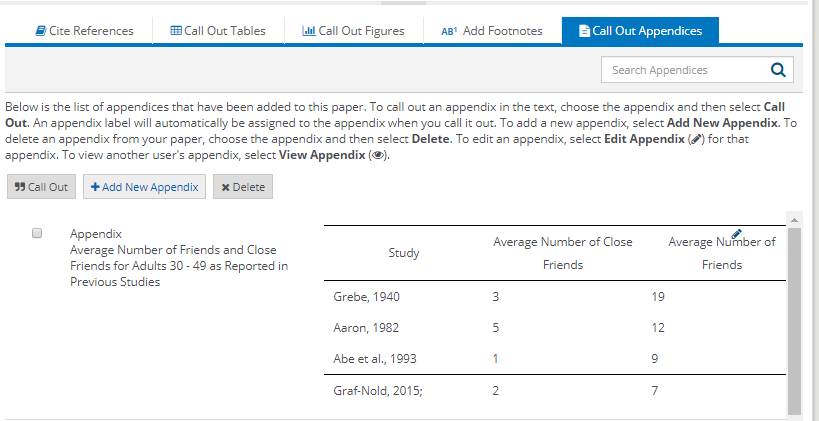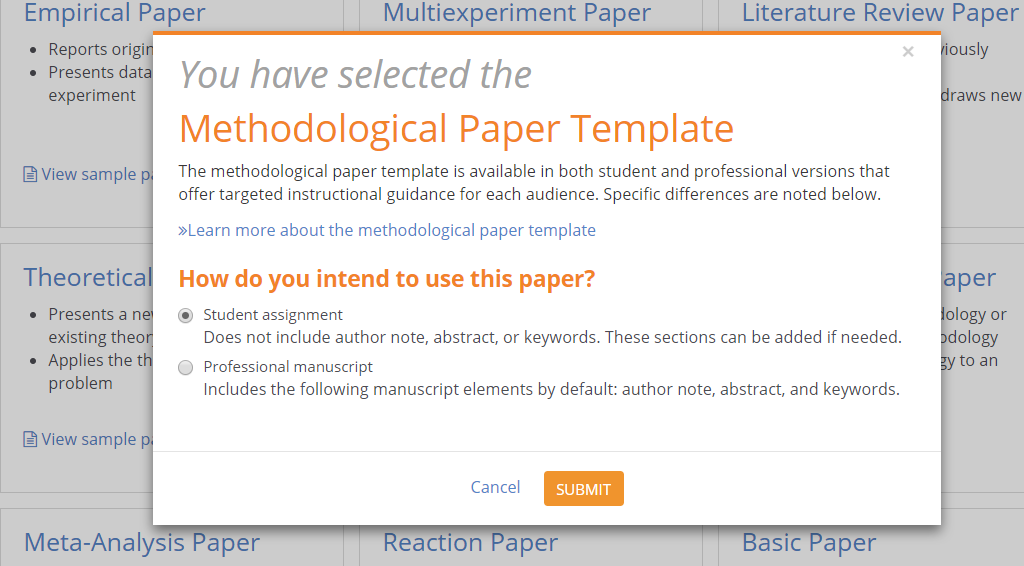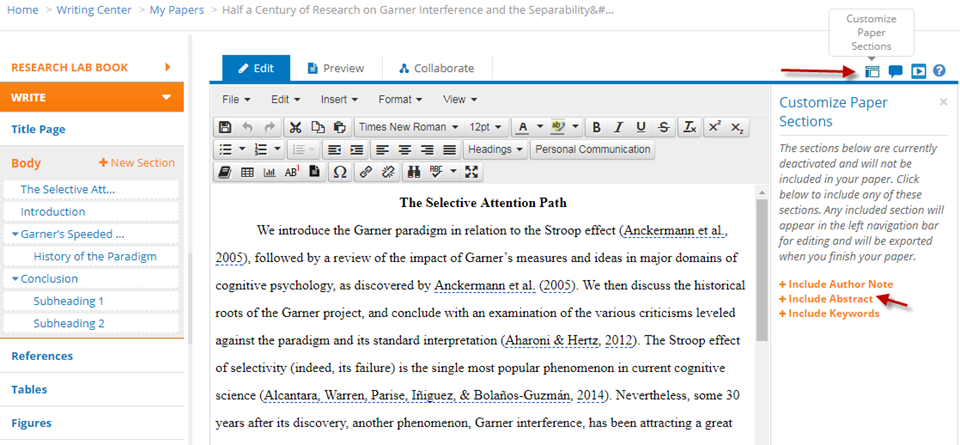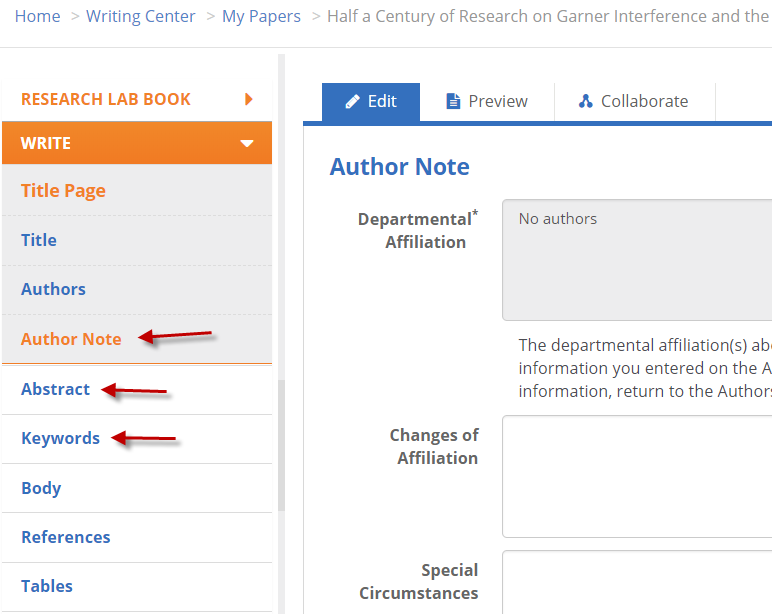Welcome to “From the Deck of . . .” an irregular series in which we highlight search demos and other information from the slide decks we create for our live training sessions. You can view and download these materials from the PsycINFO SlideShare account.
At the Medical Library Association Annual Meeting earlier this month, we presented a Sunrise Seminar training session. This session focused on searchable fields in PsycINFO® that are especially relevant to medical & health fields, including:
- first postings
- NLM Title abbreviation
- PMID
- MeSH
- grants / sponsorships
- methodology
We also demonstrated how the APA Style CENTRAL® Writing Center can assist with teaching or writing your own meta-analysis, including:
- choosing a paper template
- managing the reference list
- creating and importing tables

You can review the slides from our MLA 2018 Sunrise Seminar on our SlideShare account.
You can also view just the slides about APA Style CENTRAL.
Related Resources:
Blog post – Online First Publications
Blog post – What’s a PMID?
Blog post – Grants & Sponsorships
Tutorial – The Meta-Analysis Template

